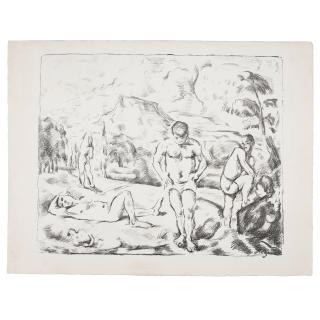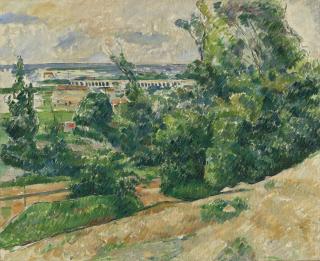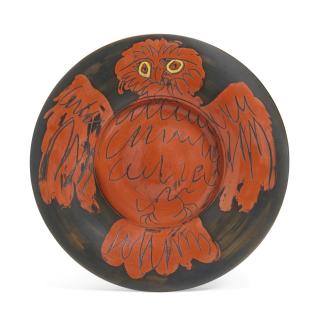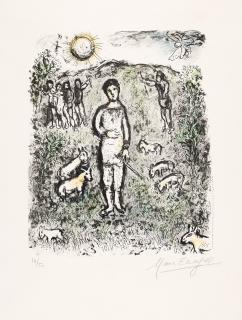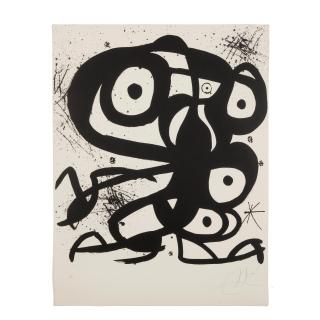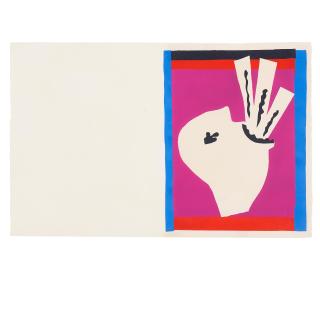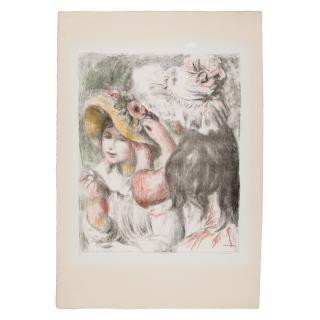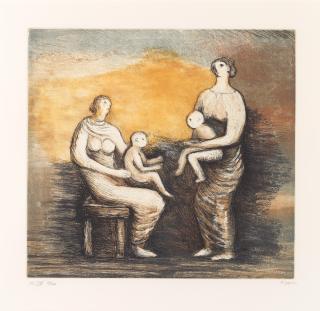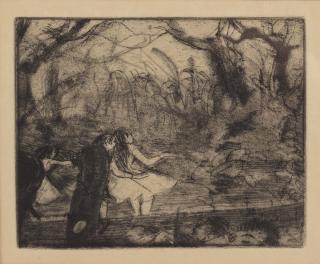Paul Cézanne Aix - en - Provence, France 1839 - 1906 Aix - en - Provence, France
The artist Paul Cézanne
- One of the most famous French painters of his time.
- Individual style influenced by Impressionism, Romanticism and Realism.
- Considered the »father of modernism«, many artists took their cue from his work.
At the urging of his childhood friend Émile Zola, Paul Cézanne moved to Paris in 1861. The 22-year-old Cézanne came from Aix-en-Provence in southern France and intended to study at the École des Beaux-Arts in the capital. Since he was rejected there, he attended the Académie Suisse, where he learned to draw nudes. At the Louvre he copied works by old masters, but Cézanne never felt at home in Paris. He lived alternately in Aix and Paris, where he was drawn by the proximity to notorious painters such as Gustave Courbet, Eugène Delacroix and Édouard Manet.
Their demands for subjective art, which should no longer follow ideals but be oriented towards reality, also influenced Cézanne's work. He rejected the prevailing academic painting, as represented by Jean-Auguste-Dominique Ingres, for example. Cézanne was not artistically successful in his endeavours; he lived off the support of his father.
Cézanne was shy of people and preferred to live and work in isolation. In 1874 Cézanne took part in the famous first Impressionist exhibition in Paris. This was thanks to Camille Pissarro, who lobbied for Cézanne's participation.
Most members of the group found his work too bold and drastic. The painter also earned indignation and scorn from the critics. In the 1880s, Cézanne increasingly developed an individual style and experimented with simple geometric forms, which later inspired Picasso to Cubism.
It was not until his first solo exhibition in 1895, when non-academic painting was more respectable, that Cézanne enjoyed success with critics and financially. In a short time his prices rose a hundredfold, and in 1897 a museum bought one of his works for the first time. In 1906, Cézanne died a famous painter in his home town. To this day, his paintings are coveted on the art market. In addition to numerous private collectors, the National Gallery of Art in Washington, D. C., the Philadelphia Museum of Art, the Kunsthaus Zürich, the Nationalgalerie Berlin and the Musée d'Orsay in Paris, for example, all own works by Paul Cézanne.
What is typical of Cézanne?
Nature is the essential subject of his painting. He elevated contemporary events to the content of his paintings; landscapes and still lifes do not idealise. The individual view of the world, captured in a harmonious picture, determines Cézanne's work. Light and shadow form the world of his paintings, not the contours of the objects.
Why is Cézanne called the »father of modernism«?
Originally an Impressionist, in the course of time Cézanne devoted himself to an authentic representation of reality. His works provoked and caused outrage. Cézanne was a pioneer of the type of unique artist who was not guided by the tastes of the public but pursued an artistic philosophy. Recognition and success came late: At the age of 56, Cézanne had his first solo exhibition (1895). Since then, he has been appreciated for his far-sightedness in a world of upheaval. Cézanne's reductions to the simplicity of forms inspired Picasso in the development of Cubism.
What does a Cézanne cost?
Cézanne is one of the most sought-after artists on the auction market. Even small drawings and watercolours cost several thousand euros or dollars, up to 1 million. Paintings are considerably more expensive. In November 2022, La Montagne Sainte-Victoire (1888-1890) was auctioned for almost 138 million US dollars.
Der Künstler Paul Cézanne
- Einer der berühmtesten französischen Maler seiner Zeit.
- Individueller Stil, der von Impressionismus, Romantik und Realismus geprägt ist.
- Gilt als »Vater der Moderne«, viele Künstler orientierten sich an seinem Werk.
Auf Drängen seines Jugendfreundes Émile Zola zog Paul Cézanne 1861 nach Paris. Der 22-jährige Cézanne stammte aus Aix-en-Provence in Südfrankreich und beabsichtigte, an der École des Beaux-Arts in der Hauptstadt zu studieren. Da er dort abgewiesen wurde, besuchte er die Académie Suisse, wo er das Aktzeichnen erlernte. Im Louvre kopierte er Werke alter Meister, doch Cézanne fühlte sich in Paris nie wohl. Abwechselnd lebte er in Aix und Paris, wohin ihn die Nähe zu berüchtigten Malern wie Gustave Courbet, Eugène Delacroix und Édouard Manet zog.
Deren Forderungen nach subjektiver Kunst, die nicht länger Idealen folgen, sondern sich an der Realität orientieren sollte, beeinflusste auch Cézannes Werk. Die vorherrschende akademische Malerei, wie sie etwa Jean-Auguste-Dominique Ingres vertrat, lehnte er ab. Künstlerisch erfolgreich war Cézanne mit seinem Vorhaben nicht, er lebte von der Unterstützung seines Vaters.
Cézanne war menschenscheu und lebte und arbeitete am liebsten isoliert. 1874 nahm Cézanne in der berühmt gewordenen ersten Impressionisten-Ausstellung in Paris teil. Dies ist Camille Pissarro zu verdanken, der sich für Cézannes Beteiligung einsetzte.
Die meisten Mitglieder der Gruppe fanden dessen Arbeiten zu kühn und drastisch. Entrüstung und Hohn erntete der Maler auch von den Kritikern. In den 1880ern entwickelte Cézanne zunehmend einen individuellen Stil und experimentierte mit einfacher geometrischer Formgebung, die Picasso später zum Kubismus inspirierte.
Erst mit seiner ersten Einzelausstellung 1895, als nicht-akademische Malerei salonfähiger war, verbuchte Cézanne Erfolge bei Kritikern und in finanzieller Hinsicht. In kurzer Zeit stiegen seine Preise um das Hundertfache, 1897 kaufte erstmals ein Museum eines seiner Werke. 1906 verstarb Cézanne als berühmter Maler in seiner Heimatstadt. Bis heute sind seine Gemälde auf dem Kunstmarkt begehrt. Neben zahlreichen Privatsammlern besitzen beispielsweise die National Gallery of Art in Washington, D. C., das Philadelphia Museum of Art, das Kunsthaus Zürich, die Nationalgalerie Berlin und das Musée d’Orsay in Paris Werke von Paul Cézanne.
Paul Cézanne in a nutshell
Nature is the essential subject of his painting. He elevated contemporary events to the content of his paintings; landscapes and still lifes do not idealise. The individual view of the world, captured in a harmonious picture, determines Cézanne's work. Light and shadow form the world of his paintings, not the contours of the objects.
Originally an Impressionist, in the course of time Cézanne devoted himself to an authentic representation of reality. His works provoked and caused outrage. Cézanne was a pioneer of the type of unique artist who was not guided by the tastes of the public but pursued an artistic philosophy. Recognition and success came late: At the age of 56, Cézanne had his first solo exhibition (1895). Since then, he has been appreciated for his far-sightedness in a world of upheaval. Cézanne's reductions to the simplicity of forms inspired Picasso in the development of Cubism.
Cézanne is one of the most sought-after artists on the auction market. Even small drawings and watercolours cost several thousand euros or dollars, up to 1 million. Paintings are considerably more expensive. In November 2022, La Montagne Sainte-Victoire (1888-1890) was auctioned for almost 138 million US dollars.
Häufige Fragen zu Paul Cézanne
Die Natur ist das wesentliche Thema seiner Malerei. Er erhob das Zeitgeschehen zum Inhalt seiner Bilder; Landschaften und Stillleben idealisieren nicht. Der individuelle Blick auf die Welt, eingefangen in einem in sich harmonischen Bild, bestimmt Cézannes Schaffen. Licht und Schatten formen die Welt seiner Gemälde, nicht die Konturen der Gegenstände.
Cézanne gehört zu den begehrtesten Künstlern auf dem Auktionsmarkt. Schon kleine Zeichnungen und Aquarelle kosten mehrere tausend Euro oder Dollar, bis hin zu 1 Million. Gemälde sind deutlich teurer. Im November 2022 wurde La Montagne Sainte-Victoire (1888-1890) für fast 138 Millionen US-Dollar versteigert.
Ursprünglich war Cézanne Impressionist, im Laufe der Zeit verschrieb er sich einer authentischen Realitätsdarstellung. Seine Werke provozierten und sorgten für Empörung. Cézanne war Vorreiter für den Typ des einzigartigen Künstlers, der sich nicht nach Geschmäckern des Publikums richtete, sondern eine künstlerische Philosophie verfolgte. Anerkennung und Erfolg stellten sich erst spät ein: Mit 56 Jahren hatte Cézanne seine erste Einzelausstellung (1895). Seither wird er für seinen Weitblick in einer Welt des Umbruchs geschätzt. Cézannes Reduktionen auf die Einfachheit der Formen inspirierten Picasso bei der Entwicklung des Kubismus.
Paul Cézanne quotes
Zitate von Paul Cézanne
Paul Cézanne in News and Exhibitions
The Art Institute of Chicago presents a giant of art history
After more than 25 years, a comprehensive retrospective of the French artist Cézanne will once again be shown in the United States beginning May 15. Among other things, the Art Institute of Chicago's exhibition, titled Cezanne, sheds new light on how the painter created his works and shows why his art is still so vibrant today.
Paul Cézanne in News and Exhibitions
Das Art Institute of Chicago präsentiert einen Giganten der Kunstgeschichte
Nach über 25 Jahren wird ab dem 15. Mai in den Vereinigten Staaten wieder eine umfassende Retrospektive des französischen Künstlers Cézanne gezeigt. Das Art Institute of Chicago wirft in der Ausstellung mit dem Titel Cezanne u. a. ein neues Licht darauf, wie der Maler seine Werke schuf und zeigt, warum seine Kunst auch heute noch so lebendig ist.

